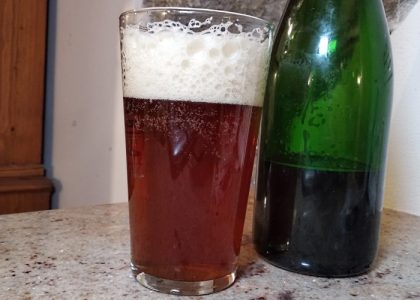Back to the exploration outside the beer world. This time two participants of the Sensory Analysis Course decided to propose their own introductory version of sensorial analysis but this time regarding wine. And so it was that on a beautiful and warm day in May we met at their winery Borgo Trevisan in a room set up for the course. For each participant there were an evaluation card, 6 glasses, notepad and pencil.
Matteo and Francesca welcomed us and immediately Matteo began to give us an introductory explanation of the world of wine analysis. While explaining Francesca was pouring something in our glasses that seemed like water. We immediately understood that it was not water, in fact Matteo explained to us that the wine is mainly composed of six elements: tartaric acid, citric acid, malic acid, sugars, sapid elements and alcohol. And these elements were dissolved in the six bottles with which Francesca was filling our glasses.
 The first part of the introductory course was to taste these six substances in order to be able to recognize them later and identify them inside the glass of wine. Each substance was well described by Matteo who also explained to us how and where inside the mouth is possible to perceive and recognize it. At the end of the analysis of these six elementary flavors we were told as curiosity to mix them in a small part in a single glass and taste to see that actually their union can become the basis of the taste of wine.
The first part of the introductory course was to taste these six substances in order to be able to recognize them later and identify them inside the glass of wine. Each substance was well described by Matteo who also explained to us how and where inside the mouth is possible to perceive and recognize it. At the end of the analysis of these six elementary flavors we were told as curiosity to mix them in a small part in a single glass and taste to see that actually their union can become the basis of the taste of wine.
After that we moved to the actual tasting. As the first wine Francesca poured us a Friulano of 2020. Before proceeding with the tasting, Matteo explained the evaluation board (a very simplified version of the boards used by professional sommeliers) describing in detail how to evaluate each of its points divided into three categories:
- Visual examination: here we can find color, clarity, consistency or fluidity and effervescence
- Olfactory analysis: similar to the world of beers in this category are analyzed intensity and complexity while trying to identify all the aromas present in the wine
- Taste analysis: here we analyze sweetness, alcohol intensity, sourness, intensity and persistence of flavor, presence of astringency and mineral sensations.
We repeated the analysis on a total of six wines, all from Borgo Trevisan winery:
- Friulano 2020: A straw-yellow wine with spicy, mineral and floral aromas not very dry with a strong and persistent taste
- Friulano 2018: Same grape variety as the previous one, the difference with the younger brother is noticed in the presence of fruity aromas, a greater dryness and a more evident alcoholic sensation
- Malvasia: it is a white wine with a high aromatic complexity given by the presence of spicy, fruity, mineral and balsamic notes with an intense alcoholic sensation and taste.
- Sauvignon 2020: In this wine, which like all Sauvignons is characterized by a cat smell, we were able to identify floral, spicy, mineral, fruity and herbal aromas. Absolutely more sour and mineral than the previous ones with a very intense taste.
- Merlot 2018: the first of the two red wines with a garnet red color revealed fruity, spicy and tobacco aromas. Much less sour than white wines, it has a soft astringency and a very intense taste
- Cabernet Franc 2017: the less clear of all wines has an aroma that, compared with Merlot, is characterized by the presence of herbal notes. Slightly more sour and less soft.
To avoid starvation, Matteo and Francesca also prepared two dishes. First, among the white wines, a plate of cold cuts and mixed cheeses, and as second one, together with the reds, a dish with bush meat and polenta.
But Matteo, not yet satisfied, decided to let us taste another of his wines, and after a short vote he came up with some bottles of passito no longer in production: a very good sweet wine but at the same time not at all cloying.
At this point the course was really over. After a short chat we bought a few bottles of wine to take home and said goodbye.
Also this time a beautiful and very interesting event. I liked to discover this aspect of tasting, interesting both the analogies with beer and the differences (we did not try to identify specific flavors in the wine taste but we limited to and evaluation of some characteristics). Matteo and Francesca were extremely prepared and professional, everything surrounded by a wonderful spring sunny day. An event to be redone.








Leave a comment